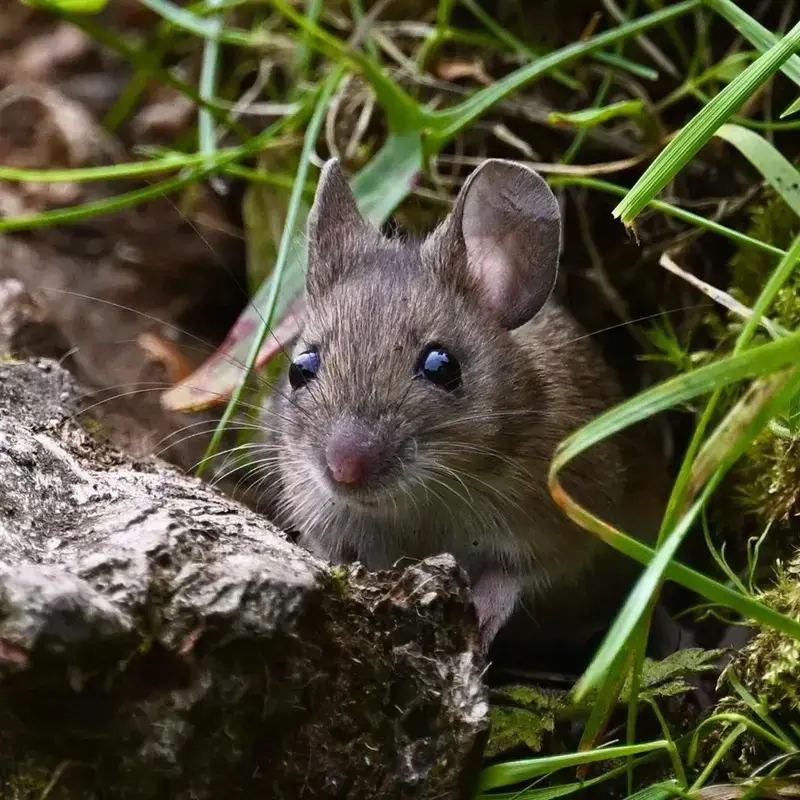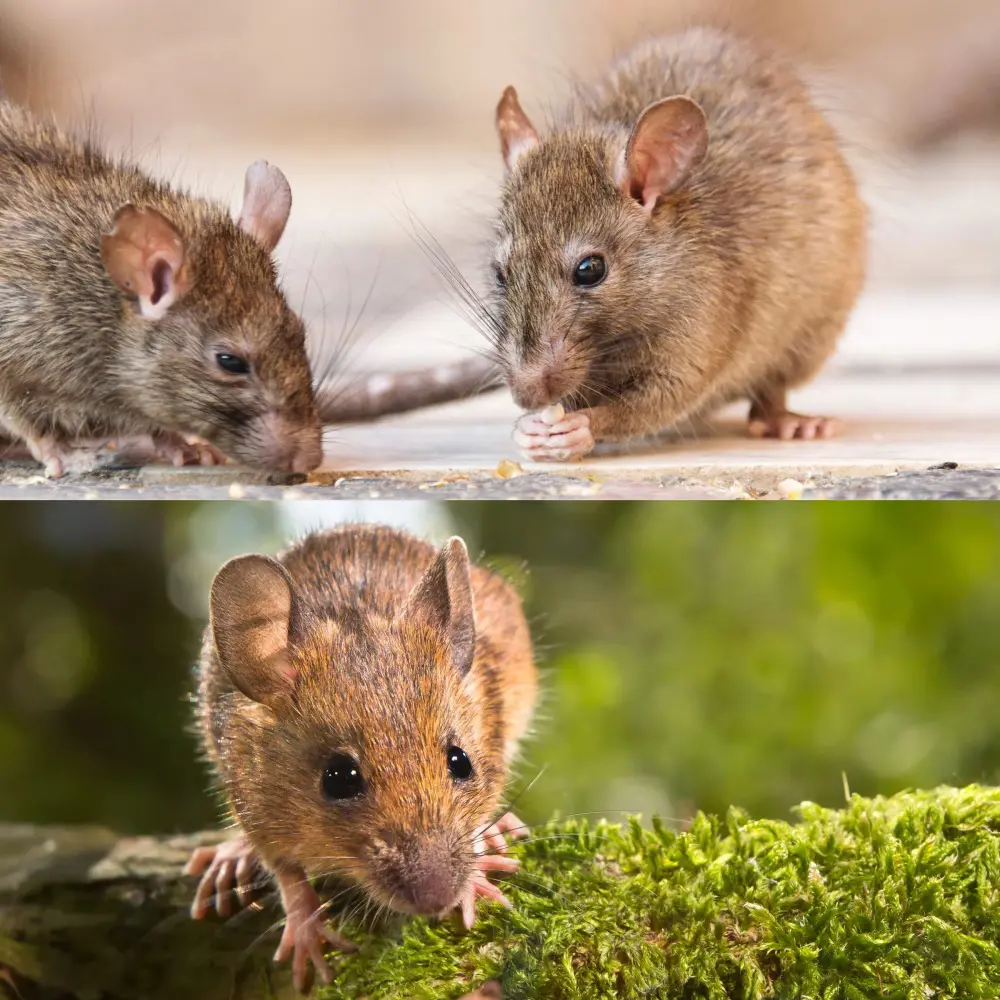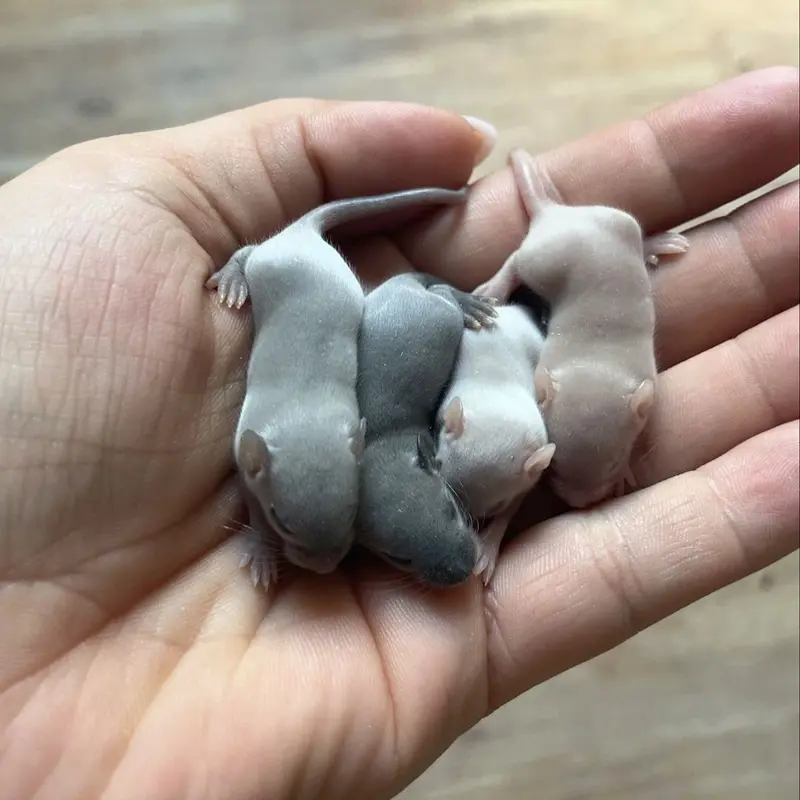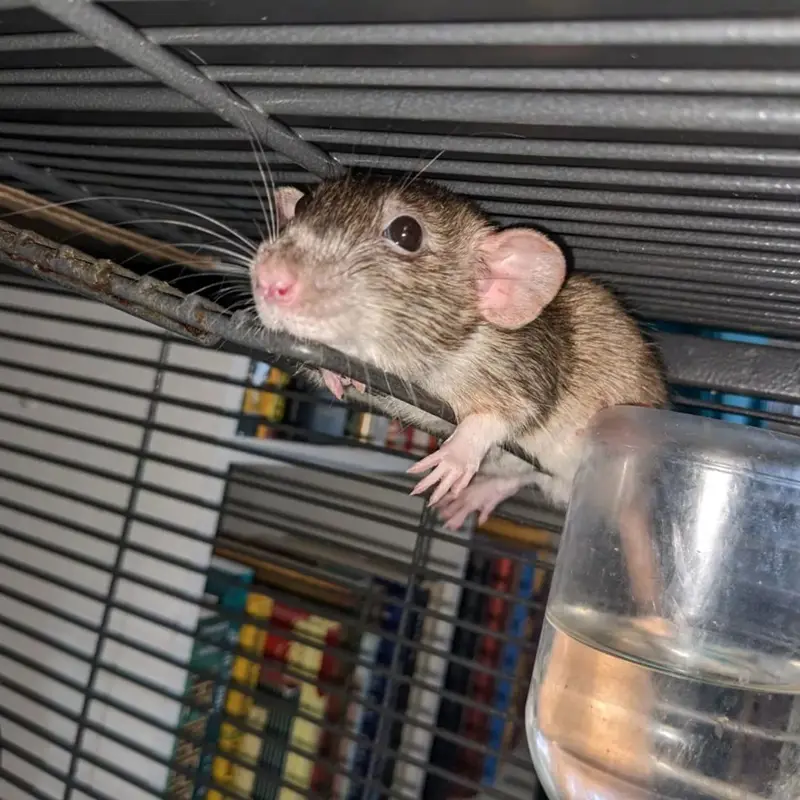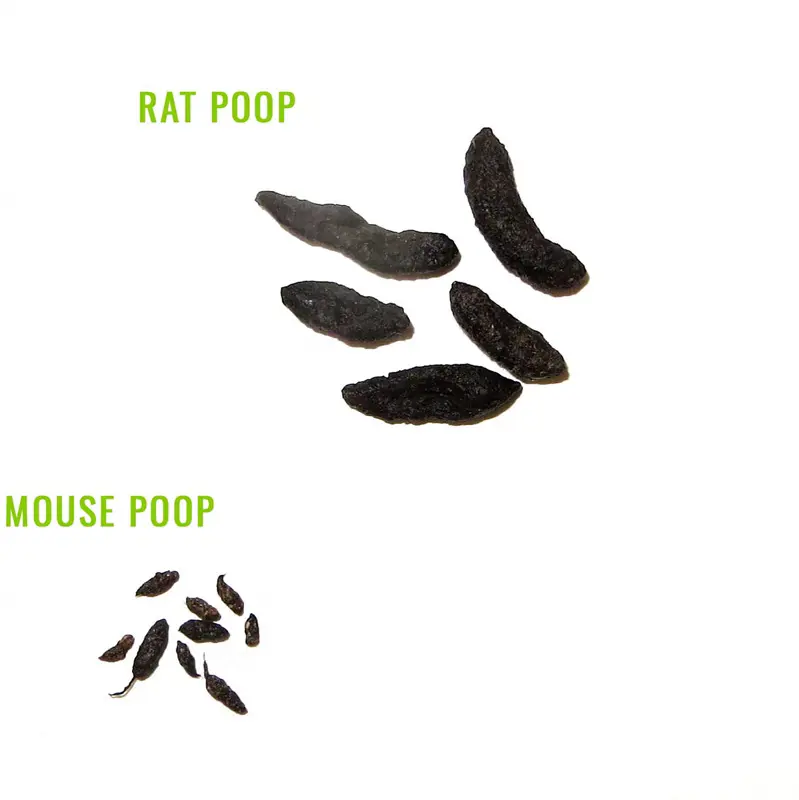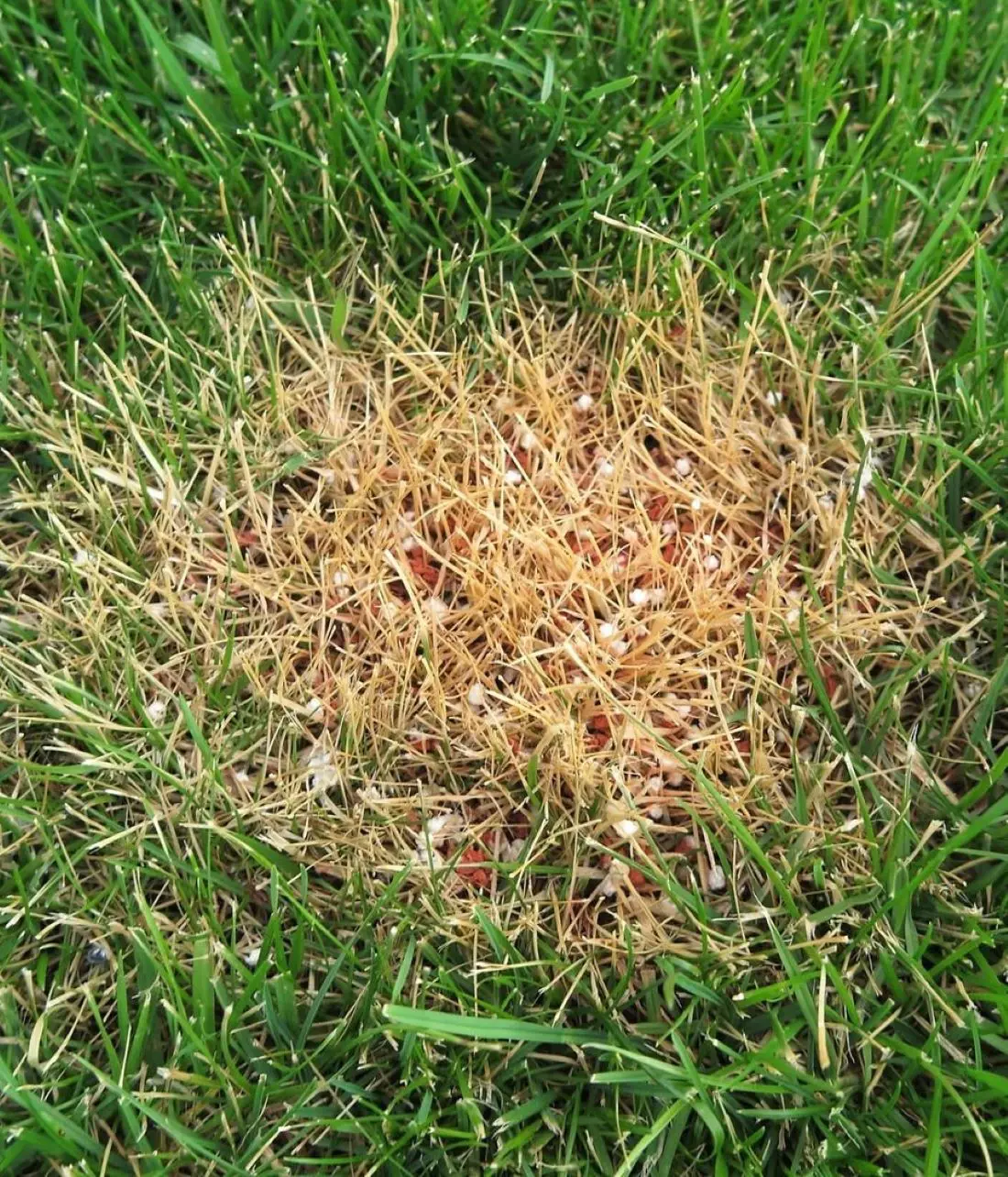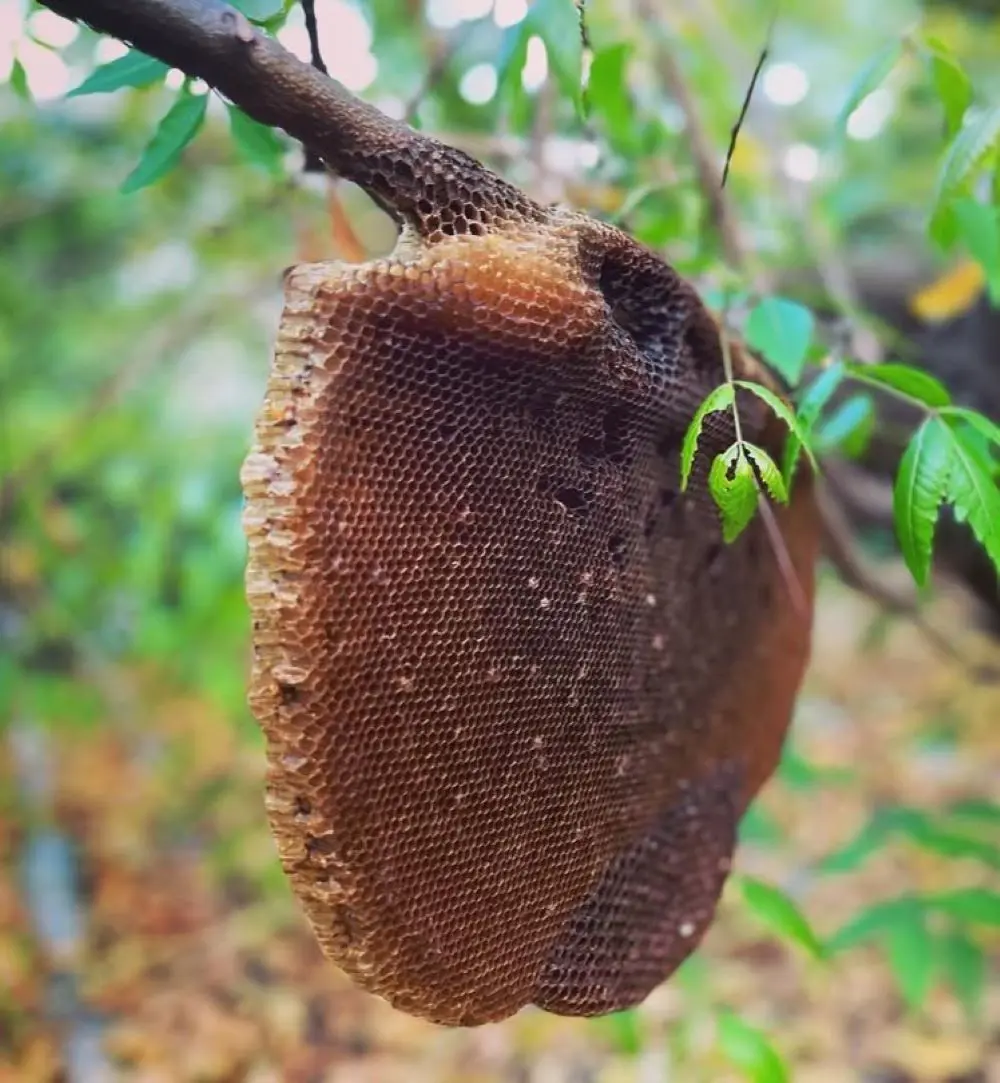Mice can cause enormous damage to dwellings and buildings, primarily due to their constant gnawing behavior. Like any other rodent, a mouse's incisors perpetually grow, and thus, the only way to maintain the length of the mouse's teeth is through non-stop chewing activities.
Due to being larger in size and more powerful, rats can wreak even further damage. They can gnaw through not just wood and plastic but tougher materials such as metal and concrete. The force exerted by them through their jaws can chew can extend destruction.
Why is the Damage Potential of Rats Greater?
Being bigger, rats require a larger amount of food. This more significant amount of food requirement, when combined with the usual foraging propensities of rats, often leads to heavy contaminations within food supplies.
Rats destroy crops in fields, and grains in storage, therefore causing heavy economic losses. In terms of their strength, size, and aggressive gnawing behavior, these put rats ahead of mice as the most destructive pest.
